Mesa Connect
Design Thinking Process for Mesa Connect
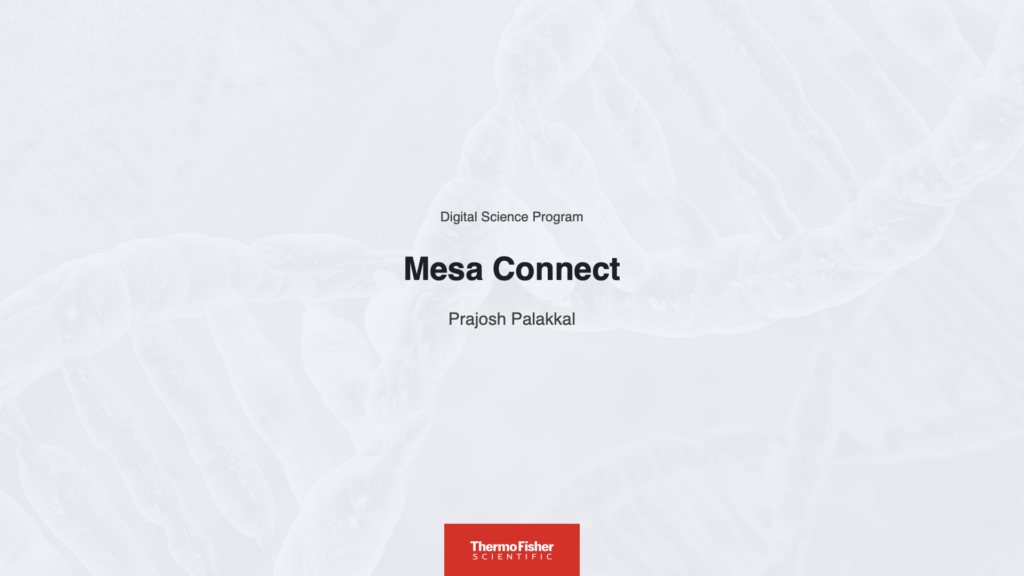
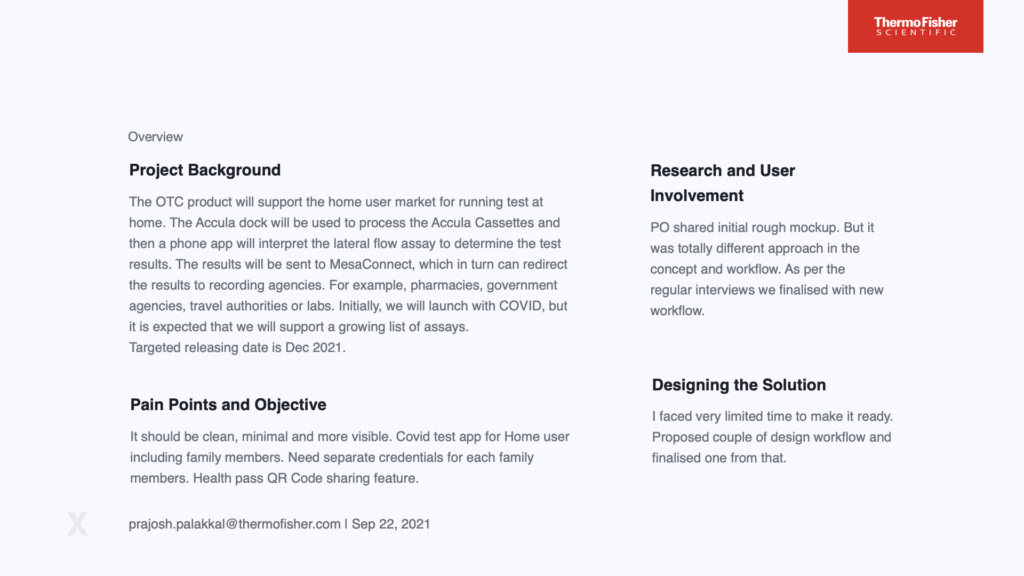
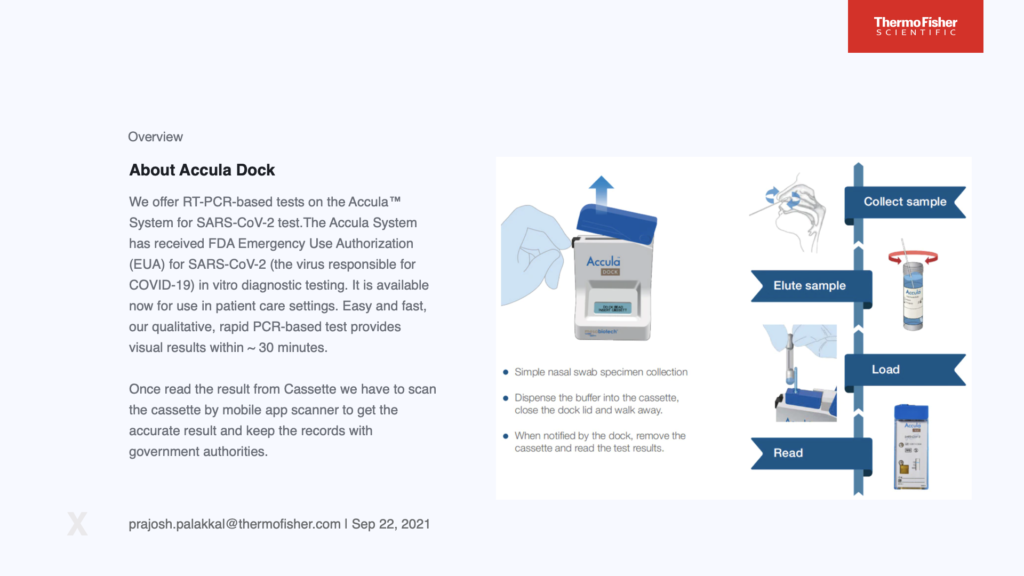
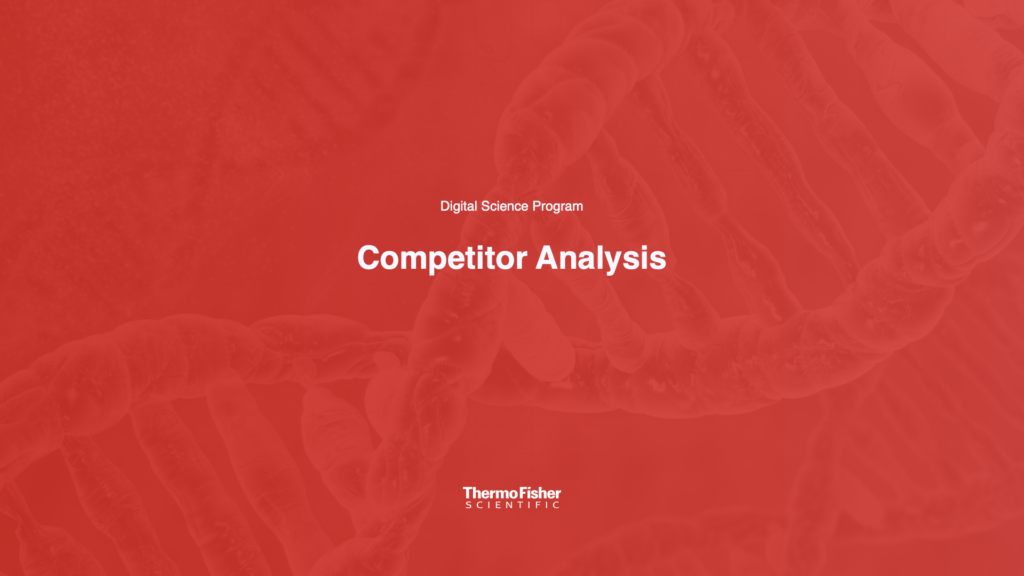
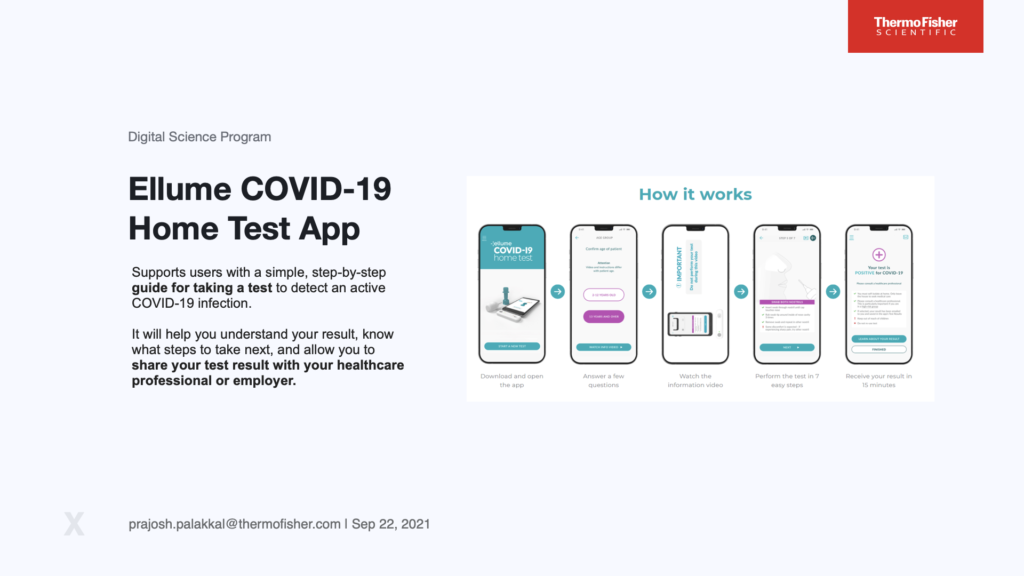


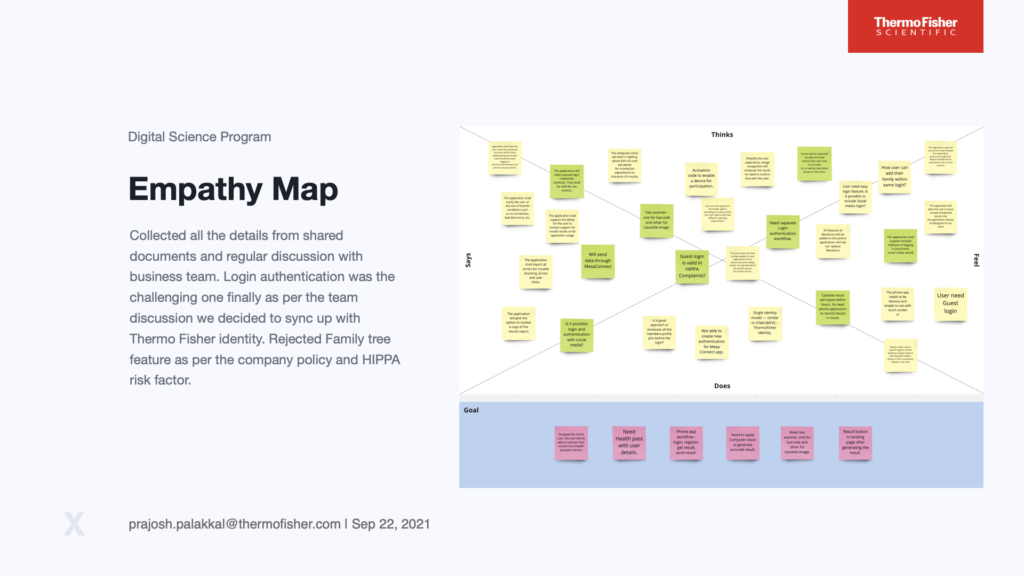
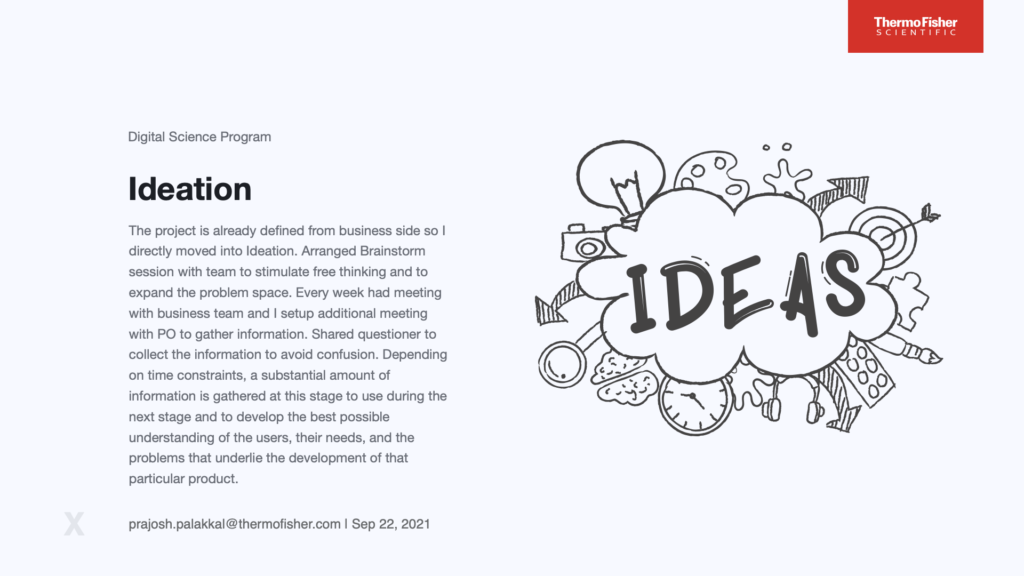
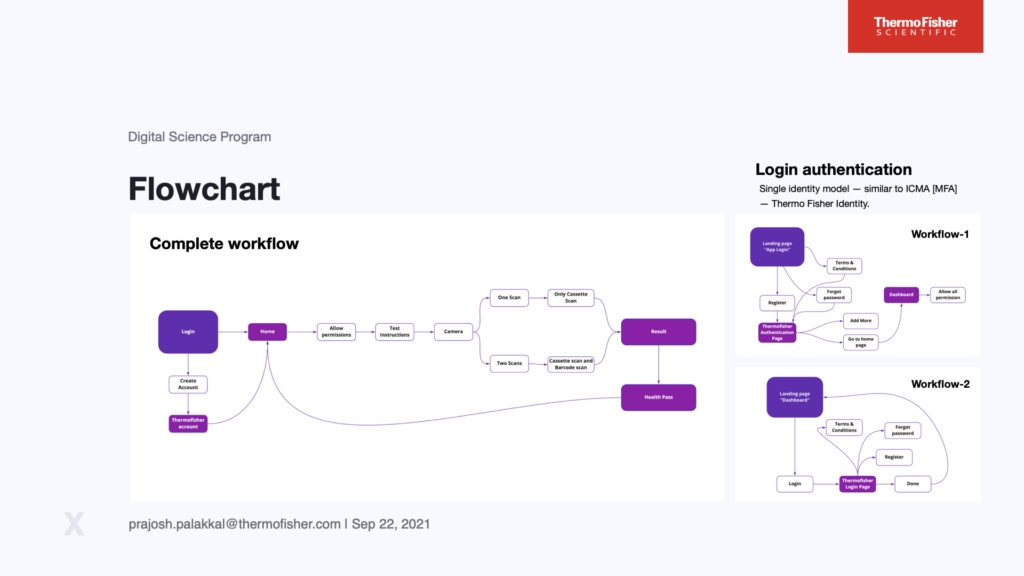

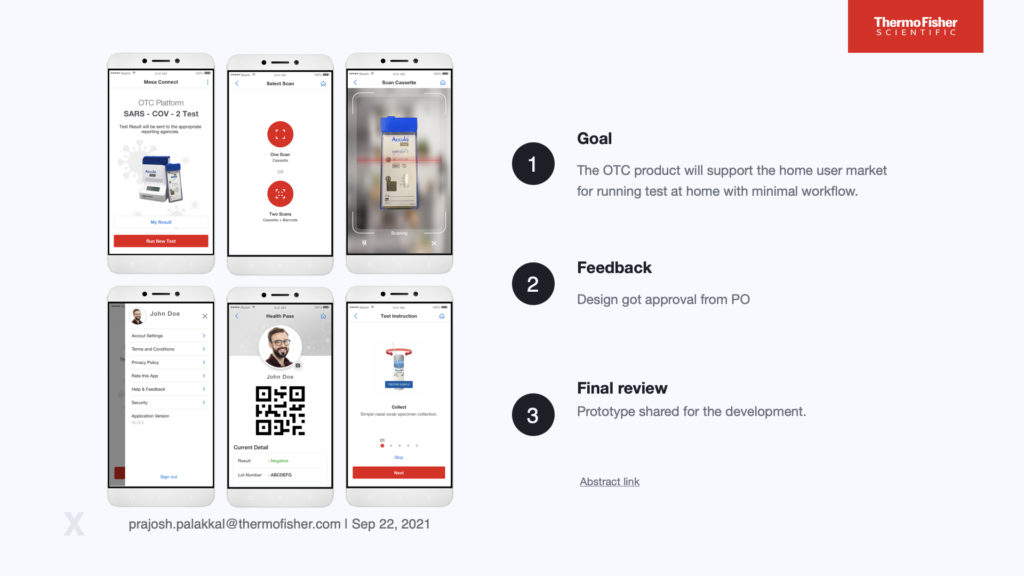

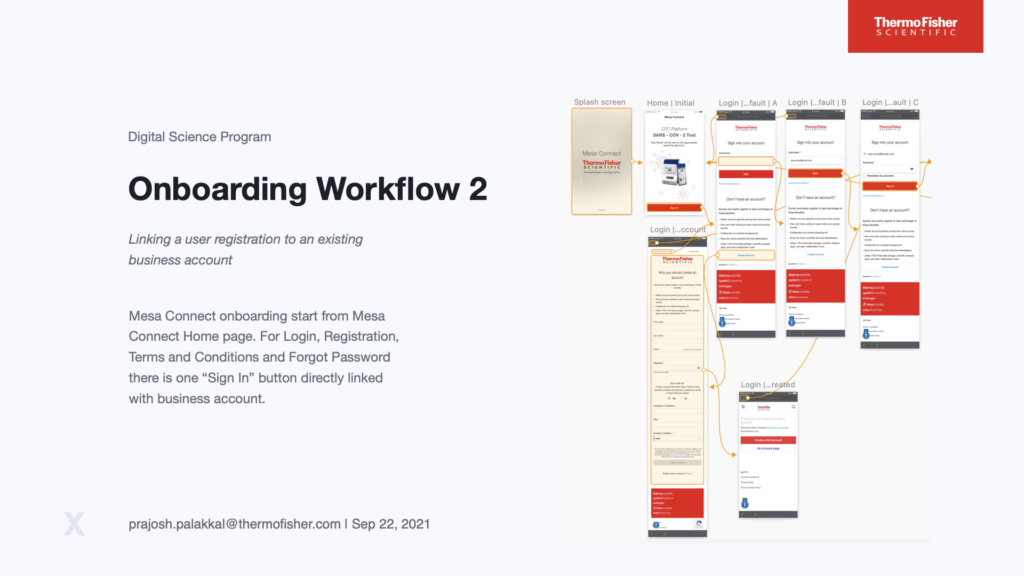
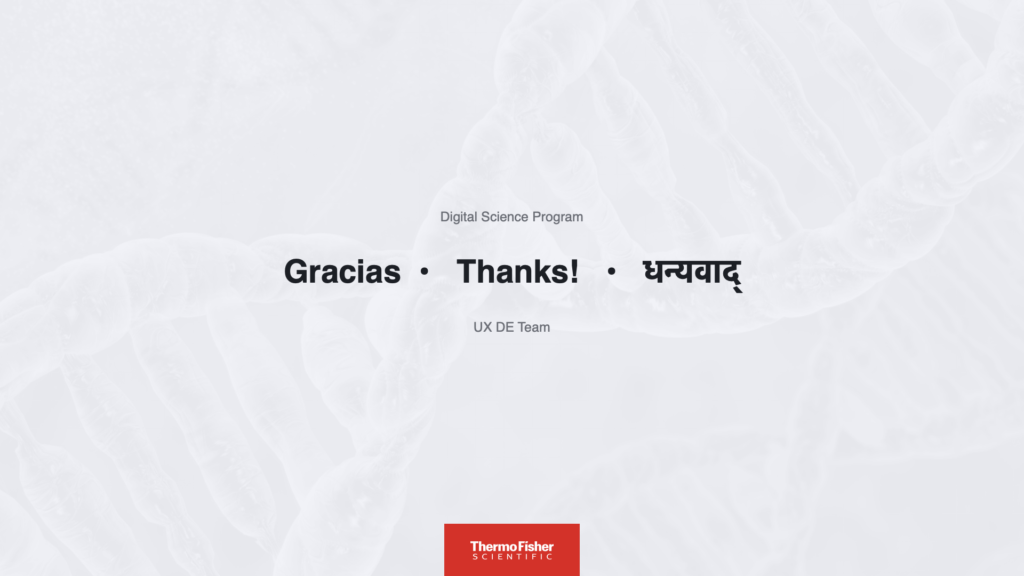
Wireframes

UI design

Type: Mobile App
UX/UI Designer: 1
Roles & responsibilities: Developed and iterated on workflows and wireframes. Created a number of UI design options based on those wireframes. Created digital prototypes for testing.
My UX Design Thinking Process for Mesa Connect
1. Empathize
Objective: Understand the users and their needs.
I started by diving deep into understanding our users. I conducted interviews and surveys to learn about their behaviors, needs, and pain points. From this research, I created detailed user personas that helped me keep the focus on our key user groups. To truly see things from their perspective, I mapped out their journeys, which highlighted their experiences and where we could improve.
2. Define
Objective: Clearly articulate the problem to be solved.
Using the insights gathered, I distilled the information into clear problem statements. This helped me pinpoint the core issues we needed to address. I also identified the main user needs and set specific design goals to guide our efforts in solving these problems.
3. Ideate
Objective: Generate a wide range of ideas and potential solutions.
With a clear understanding of the problems, I joined brainstorming sessions where we bounced around ideas for app features and workflows. I sketched out quick concepts to visualize these ideas and then developed low-fidelity wireframes to start shaping the app’s structure and layout.
4. Prototype
Objective: Create tangible representations of ideas for testing and feedback.
Building on the wireframes, I crafted multiple UI design options using Sketch. I turned these designs into interactive digital prototypes with Miro. These prototypes were essential for testing and gathering user feedback. I iterated on the designs, refining them based on what I learned from user interactions.
5. Test
Objective: Evaluate the prototypes with real users to gather feedback.
I conducted usability tests with our target users to identify any issues and gather their feedback. Analyzing this feedback revealed patterns and areas where we could improve. I used these insights to refine the prototypes further, ensuring they aligned better with user needs.
6. Implement
Objective: Finalize the design and hand it off for development.
Once the designs were polished, I prepared the final assets and documentation for the development team. Throughout the development process, I collaborated closely with the developers to ensure the designs were implemented accurately. I also provided support during the app launch to address any design-related issues that arose.
Tools Used
- Sketch: For wireframing and creating UI design options.
- Abstract: For version control and design collaboration.
- Miro: For creating digital prototypes and conducting remote testing sessions.
Conclusion
Working on Mesa Connect was a journey of constant learning and iteration. By keeping the user at the center of the process, I was able to design a product that truly meets their needs and provides a smooth, intuitive experience.